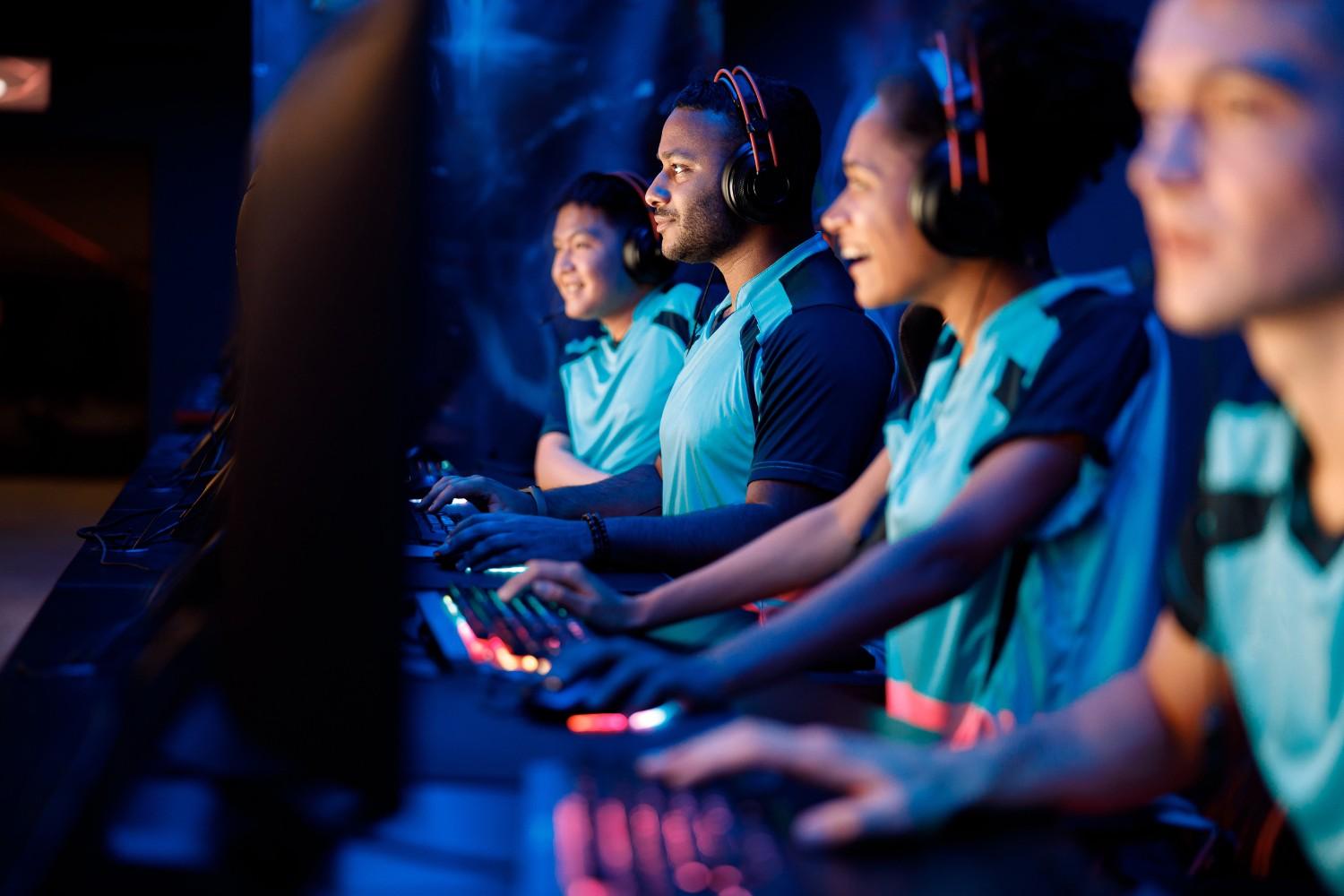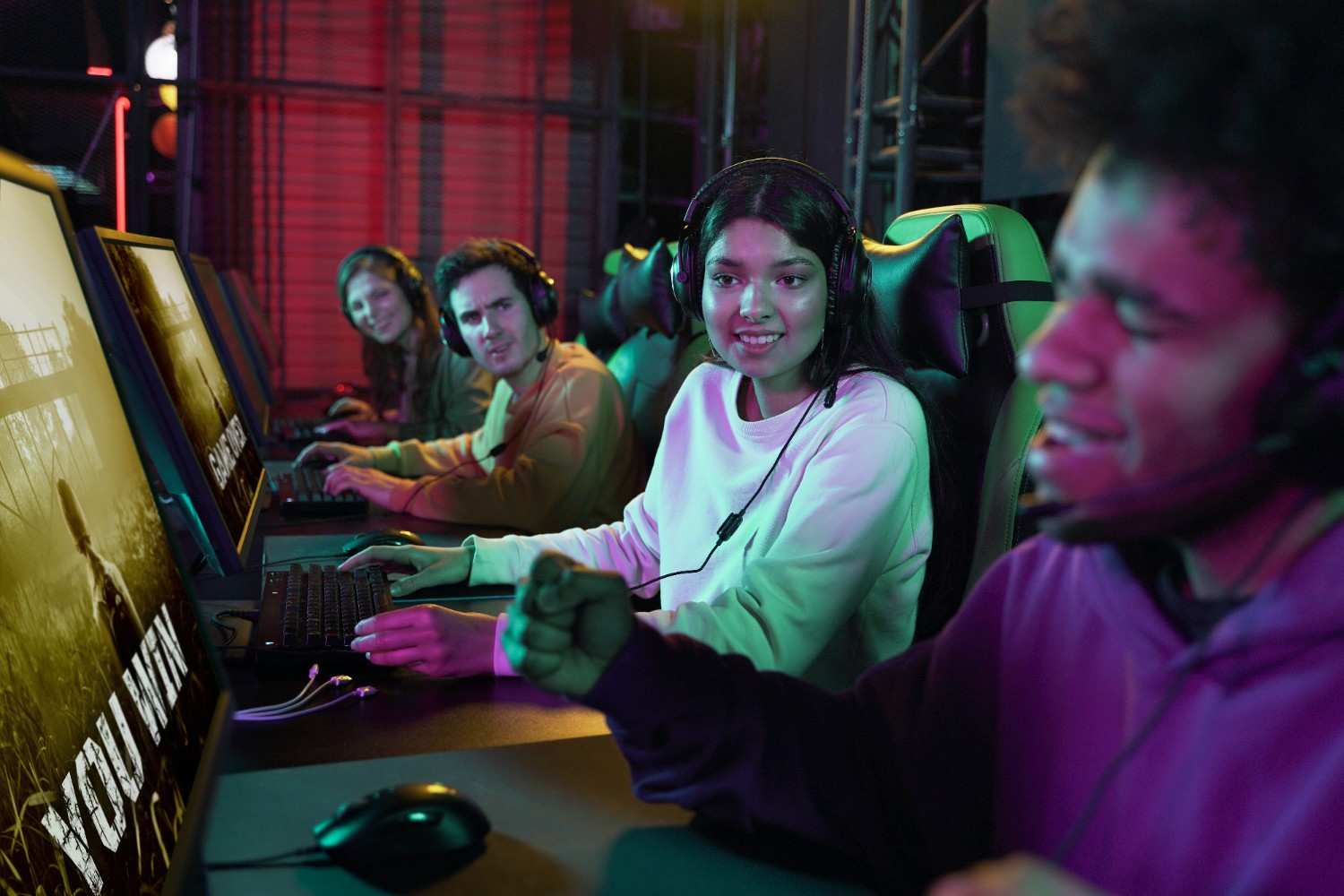In today’s competitive event landscape, gamificationsummit ticket sale effectiveness is no longer a nice-to-have — it’s a key differentiator. As event organizers seek smarter ways to convert interest into paid registrations, applying gamification principles can dramatically improve conversions, social reach, and revenue per attendee. This article breaks down how you can harness gamification tactics to increase ticket sales — without sounding gimmicky — and measure what works.
Why Gamification Works in Ticket Sales (and Why It Boosts Effectiveness)
Before diving into tactics, let’s understand why gamification helps ticket sale effectiveness:
- Psychological motivators: People respond to progress cues, recognition, rewards, and competition. Features like points, status, and badges activate dopamine loops that encourage ongoing engagement.
- Viral sharing & referrals: Game mechanics that reward sharing or referrals turn your audience into promoters. As a result, your sales funnel also becomes a marketing engine. (Audience Republic highlights this in their gamified event campaigns).
- Urgency and momentum: Gamified systems (leaderboards, countdowns, unlockable tiers) add a sense of progression and scarcity, nudging users to act before they miss out.
- Data and feedback loop: With gamification, every user action can be tracked (points earned, tasks completed), letting you optimize the funnel in real time.

Real-world event marketing blogs recommend integrating gamification into your ticket strategy to expand audience, deepen engagement, and convert more prospects.
Additionally, research on gamification in broader domains shows measurable uplifts in engagement and conversion when well designed. For example, ROI case collections show double- and triple-digit performance gains in some campaigns.
Thus, gamification isn’t a gimmick — when done thoughtfully and aligned with your goals, it can meaningfully lift your ticket performance.
6 Proven Gamification Tactics to Supercharge Ticket Sales
Here are six tactics you can experiment with (or combine) to amplify gamificationsummit ticket sale effectiveness:

1. Referral Leaderboard & Tiered Rewards
Set up a referral program where participants get points or rank on a leaderboard based on how many people they refer. Offer escalating rewards — e.g., free merchandise, VIP upgrade, backstage pass — to top referrers. This gives social proof, competition, and incentive all at once.
2. Early-Waitlist Advancement
Before tickets open, allow people to join a waitlist and let referrals move them up the list. The earlier you can grant access or bonuses for top waitlist members, the more buzz you generate. Boomset describes this as a way to build momentum before doors even open.
3. Milestone Unlocks & Badges
Define milestones (e.g. share 3 times, fill profile, invite a friend) and unlock badges or perks when users hit them. Badges act as social proof and encourage continued interaction.
4. Time-Limited Challenges & Flash Tasks
Offer short, time-boxed mini-tasks like “share on LinkedIn within the next 24 hours to earn bonus points.” These create urgency and drive bursts of engagement.
5. Tiered Pricing via Gamified Paths
Let participants “unlock” better pricing or bonus packs via gamified participation (e.g. completing community challenges or quizzes). This turns pricing into a reward track instead of a static block.
6. Social Proof & Public Recognition
Show live leaderboards, shoutouts, or feeds such as “Top Referrers This Hour.” Public recognition encourages others to participate, especially those who are competitive.
On event strategy, Eventify suggests combining gamification with traditional marketing approaches such as email, social media, and influencer activation to maximize ticket sales.
Meanwhile, Yapla lists gamification — awarding points for sharing and referrals — as a way to accelerate ticket sales.
How to Track & Optimize Your Ticket Sale Effectiveness
A gamified ticket campaign is only as good as its measurement system. Here’s how to make your efforts transparent and scalable:
| Metric | What to Measure | Why It Matters |
| Referral lift | Percentage of registrations via referral links | Tells if your virality mechanics are working |
| Conversion per task | How many users completing a task ended up buying | Highlights which tasks are effective funnels |
| Average revenue per user | Total revenue / number of engaged users | Shows ROI of gamification spend |
| Drop-off analysis | Where users abandon tasks or funnel | Allows you to optimize UX friction |
| Viral coefficient | New users brought via shares per user | Indicates organic momentum |
Be sure to integrate these into your analytics (Google Analytics, event tool, or CRM) and monitor daily during peak periods.
Structuring Your Content & Funnel Around Gamification
To maximize gamificationsummit ticket sale effectiveness, your content funnel should mirror user motivation:
- Top of funnel (awareness): Blog posts, social posts, quizzes to drive interest and seed prospects.
- Mid funnel (engagement): Gamified tasks like a quiz, “which summit track fits you,” or referral contests.
- Bottom funnel (conversion): Unlock coupon codes, VIP passes, or bonus materials via gamified participation.
- Post-sale: Reward purchasers with status, badges, or referral bonuses that further propagate engagement.
Also link between these funnel stages with internal SEO-friendly pages. If you can, publish related supporting content (gamified waitlist, ticketing best practices, case studies) to build topical authority.
Frequently Asked Questions (FAQ)
1. How long should a gamified ticket campaign run before the main event?
A safe window is 3–8 weeks before ticket launch. Use the first week to build awareness, the middle weeks to run referrals and badge tasks, and the final week for urgency spikes (flash challenges, countdowns). Avoid overly long campaigns that cause fatigue.
2. What kinds of rewards work best for gamified ticketing?
Rewards that align with event value work best: VIP upgrade, backstage pass, exclusive content, extra networking minutes, limited merch. Monetary discounts can also work, but non-monetary experiential perks often feel more compelling.
3. Can small events (< 200 attendees) benefit from gamification?
Absolutely. Smaller events can benefit disproportionately because active engagement and word-of-mouth matter more. Even simple systems like badge unlocks or sharing tasks can move the needle.
4. Are there risks or drawbacks to gamification in ticket sales?
Yes. Poor design can feel gimmicky, or users may game the system. Also, overemphasis on competition may alienate less competitive participants. Careful balance, transparent rules, and continual measurement are essential.
Your Final Play for Gamification Success
If you aim to dominate the search results for gamificationsummit ticket sale effectiveness, don’t just write one blog — build a mini ecosystem of supporting content and campaigns. Use the strategies above to embed referral loops, unlockables, urgency mechanics, and social proof into your ticket funnel.
Track metrics like referral lift, conversion by task, and revenue per user to continuously optimize. When gamification is aligned with your event goals and thoughtfully executed, the payoff can be significant: more ticket sales, better engagement, and an event that feels more memorable.

